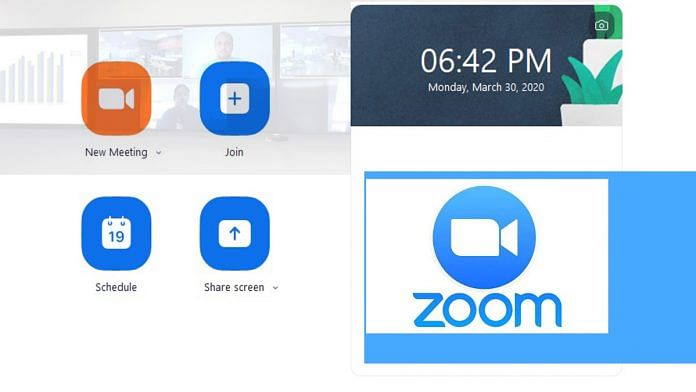Zoom Video Communications Inc. is under siege. While much of the criticism is understandable, the upstart isn’t quite the disaster some make it out to be.
The video-conferencing company has faced an avalanche of scrutiny over its security and privacy issues — from instances of “zoombombing,” where uninvited trolls harass other meeting users, to video recordings showing up on public web servers. It culminated with Zoom CEO Eric Yuan proclaiming he “really messed up” on security to the Wall Street Journal on Friday, and then promising in an apology tour of several media interviews over the weekend to restore the company’s reputation.
But let’s take a step back. While it’s true that Zoom has made mistakes, much of its problems stem from the unintended consequences of when demand explodes in unexpected ways than from any nefarious behavior. Originally founded in 2011 for corporate clients, Zoom’s software is now being used in situations it was never designed for.
Last week, I wrote about how the stay-at-home restrictions required by the coronavirus pandemic were accelerating the move toward best-of-breed remote-working software vendors such as Zoom. Businesses flocked to Zoom because it offered an easy-to-use, high-quality video-conferencing service that worked reliably, versus its more cumbersome competitors. For these same reasons, consumers are using Zoom for all kinds of other uses – from virtual cocktail hours to studying and fitness sessions. Consequently, Zoom usage has soared. The company said it reached more than 200 million daily active users last month, compared to just 10 million at the end of December.
As consumer use skyrocketed, though, the company was slow to realize that the changing nature of its customer base required different practices. While its traditional business users are more sophisticated, the mainstream require more hand-holding. Compounding the problems, many of the new users didn’t know how to use basic features that would have stopped the majority of the security complaints.
Also read: Zoom CEO promises to fix security and privacy after trolls invade coronavirus haven
Many users publicly shared their meeting links on social media, opening the door for any prankster to enter. To combat zoombombing, users could have required meeting passwords and enabled a pre-meeting waiting-room feature to control who can join the conference — but these are the types of things ordinary consumers may not have known about as readily as a corporate customer. Zoom should have been quicker and more forceful in building awareness of the tools it had at hand and enabling default security settings.The company was also misleading with its “end-to-end” encryption marketing, when it offered a less robust form of protection.
Zoom has now realized the utility of requiring different setup parameters. Starting on Sunday, the company enabled the meeting password and waiting-room features by default for its free basic and entry-level paid plan users. Meanwhile, Yuan told the Journal the full encryption feature is under development and a “few months” away.
The company may have moved too late for some. Late Friday, New York City, the nation’s largest school system, said it wants teachers at its schools to cease using Zoom as soon as possible due to security and privacy concerns. As an alternative, it is asking classrooms to migrate to Microsoft Teams. Understandably, some school systems are worried about young kids’ classrooms getting zoombombed. Interestingly, the move sparked outrage from teachers on social media, who say any transition away from Zoom will be difficult and lower student access to remote learning. Yuan told CNN the company is “still in the process of working with New York schools to make sure we do enforce security safety.”
While Zoom hasn’t been perfect, some of the worst fears about the company may be overblown. It has clearly stated it has never sold user data and has no intention to sell it going forward. And many of the security issues could have been avoided simply through better education of its features. The fact is, Zoom is providing an enormously helpful, reliable service, allowing hundreds of millions of people to cope under the current trying circumstance — in most cases entirely free. At the end of day, Zoom is not the villain here.-Bloomberg
Also read: Pandemic data-sharing is putting new pressure on privacy protections







I can read the same pr stunt on Bloomberg too, the print should stick with the pr service they provide to the political parties (a particular party). Good job though, but at least change the headline.
This is something new the print is venturing into. Good job, although I can read the same article in Bloomberg so it doesn’t make much sense to copy paste stuff. Great efforts though.
Nice PR, apart from political PR this is something new the print is venturing into. Good job, although I can read the same article in Bloomberg so it doesn’t make much sense to copy paste stuff. Great efforts though.
Nice PR
Sounds like a Public Relations paid news story by Zoom.